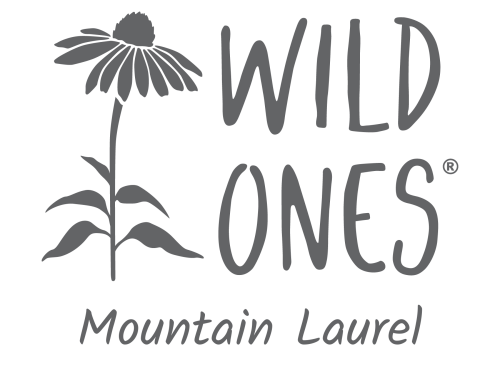By Linda Sargent
“There’s something about plants that calls humans into relationship with them that goes beyond survival and into identity, culture and spirituality.” – Linda Sargent
I couldn’t have been more than four when my much older cousin took my hand and led a restless me away from the endless adult conversation. We wandered down my Grandparent’s driveway and along the deep brook lined with stones that curved around the edge of their place.
It was late summer, in Westchester, NY, and we stopped at a patch of un-mowed plants. She told me to hold a little green thing, and when it popped, I didn’t know whether to be afraid or delighted. I looked up into her kind eyes and then giggled. She showed how to find and hold the pods gently and patiently. “The pods have to be just plump enough to be ready to pop.” She told me, her voice in my mind’s ear as I remember this moment.
She is a teacher and a serious armature botanist and she taught me the name “touch -me–not”. For me, it was the popping plant, because I did want to touch it. It was a companion, as I pursued my love of mud and running water, in the neighborhood, threaded with streams and several wetlands.
I still eagerly scan wet places in early fall, to be able to show anyone who will listen how the jewelweed pods pop. I look for the tender cotyledons in the spring, the orange flowers and the juicy stems in the summer, said to effectively wipe off poison ivy oil and the dried stems thinning, staggering and falling under the weight of snow.
It showed up in our yard when I was getting landscape plantings established, and I found it easy to pull its small fist of roots. Now, I want to reestablish it in a wet place in the back of our place where we planted the elderberries we propagated from cuttings.
When I see a patch of jewelweed, I think of my cousin, and still feel delighted when I feel that tickly pop held lightly between my fingers.
